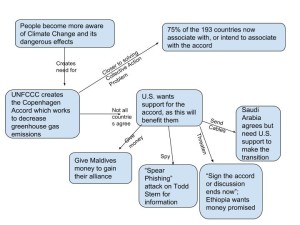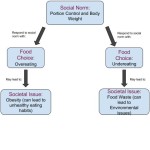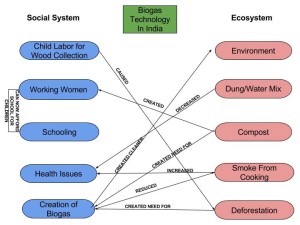My hometown is Harrisburg, PA, about 80 miles from State College. This city was originally constructed for trade along the Susquehanna River from North to South, but as technology progressed, train tracks were constructed for trade East to West. Today, the city can be considered “streetcar suburbs” because there are railroads, sidewalks, and car travel. There are also shops and restaurants within walking distance of residents. The total population in the city of Harrisburg is 49,528. While it may not be the most exciting city in this area, I enjoy spending time in the metropolitan area. My father works in the city and I enjoy visiting him to walk along the sidewalks and eat at the easily accessible restaurants. However, in recent years, the city has made efforts to fix our rainwater runoff issue. When it rains, the water travels along the surface of the roads, gathering pollution along the way, and polluting the river. The city would like to develop a system where the water soaks into the ground and not along it.
I found Copenhagen’s initiative to calm traffic very interesting. I really liked how pedestrian-oriented their city is. In particular, I liked their ideas of social and economic benefits to limiting the amount of traffic permitted. The video talked about how local stores initially thought this car-free lifestyle would hurt their business, but has actually proven to benefit them greatly. Incorporating more areas for walking and cycling in Harrisburg may benefit local businesses and boost the economy. The absence of cars will also improve the air quality. This is turn may help to resolve the rainwater runoff issue in that without cars, the roads and streets may not be as polluted. In addition to economic and environmental benefits, Harrisburg would benefit socially. Copenhagen was able to create a sense of community and the people shown in the video appeared very happy. More opportunities to socialize in the city would help to build a stronger community.
Urban farming in Detroit, Michigan has become more popular. Growing food locally can have many environmental benefits. For example, there is less transportation needed, better air quality, and more rainwater management. If Harrisburg were to introduce urban farming, just as Detroit did, our rainwater runoff issue may resolve itself. With more areas and land for farming, or just more plant life areas in general, the city can reduce the amount of polluted rainwater being carried into the river. Implementing these ideas, however, may be difficult because of the physical infrastructure and the cognitive transition. Rebuilding parts of the city for farming will cost a lot of money, but will be worth it in the long run. Nevertheless, people are turned off by this idea because of the change in habits and social norms it requires. Hopefully, in the near future, the people of Harrisburg can learn from Detroit and promote locally grown foods.




